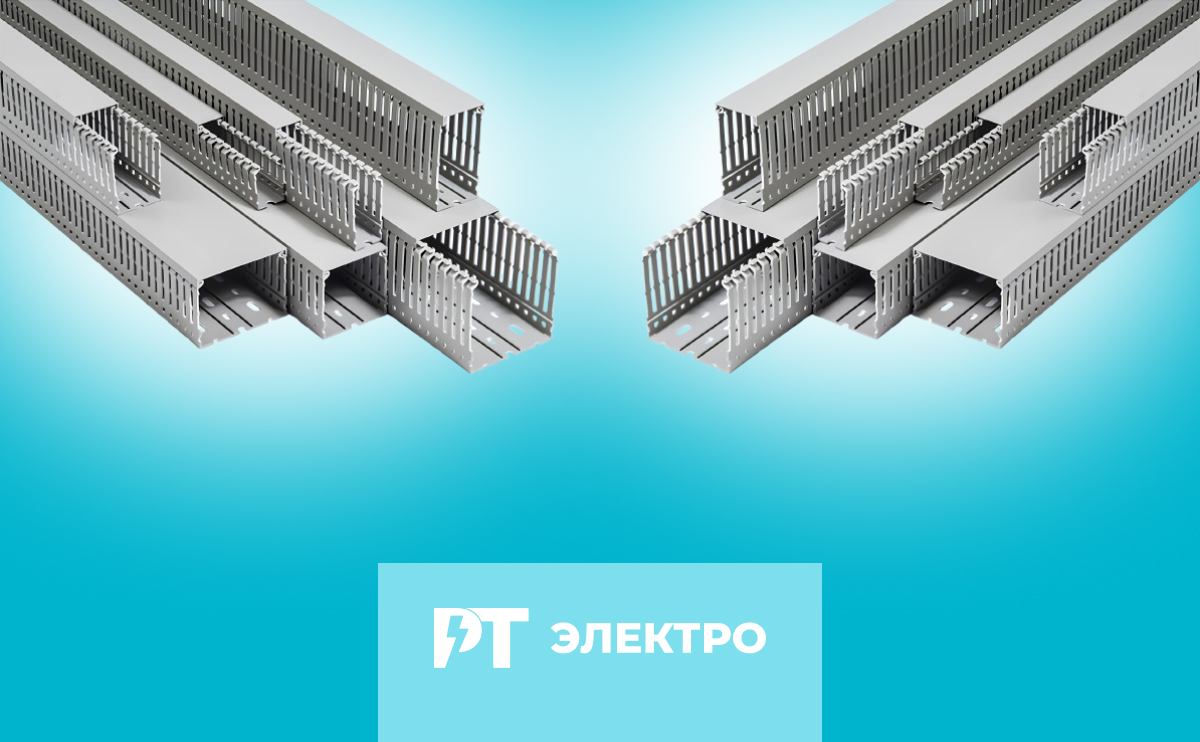Top Benefits of Using Perforated Cable Channels in Industrial Wiring

Introduction
In modern industrial and commercial electrical installations, cable management is not just about aesthetics — it’s about safety, efficiency, and long-term system reliability. One of the most widely used solutions for managing cables is the perforated cable channel, also known as a perforated cable tray.
This article explores the key advantages of using perforated cable channels in industrial environments and why they’re preferred by engineers and electricians worldwide.
What Is a Perforated Cable Channel?
A perforated cable channel is a type of cable tray made of metal or plastic, featuring slots or holes along its surface. These perforations provide ventilation, easy mounting options, and flexibility in routing cables of various types and sizes.
They are commonly used to support and organize power cables, control wiring, and communication lines in:
- Factories and manufacturing plants
- Electrical rooms and substations
- Data centers and server rooms
- Commercial buildings and shopping centers
Key Benefits of Perforated Cable Channels
1. Improved Air Circulation and Heat Dissipation
Perforations allow natural airflow around the cables, preventing excessive heat buildup — especially important for power and high-voltage cables.
2. Quick and Flexible Installation
Slots and holes make it easy to attach clamps, supports, and additional cable ties without drilling. This reduces installation time and labor costs.
3. Easy Maintenance and Cable Access
Technicians can visually inspect, add, or remove cables at any time without disassembling the entire system. This is crucial for facilities that frequently upgrade or modify systems.
4. Enhanced Safety
Cables are neatly organized, reducing the risk of damage, tangling, or accidental contact. Proper routing also minimizes electromagnetic interference (EMI) between power and signal cables.
5. Cost-Effective Over Time
Though the initial cost may be higher than basic conduit or plastic channels, the ease of maintenance and scalability makes perforated trays more economical in the long term.
6. Versatility
Available in multiple materials (galvanized steel, aluminum, PVC) and sizes, perforated cable channels can be used in both indoor and outdoor applications, including harsh industrial environments.
Comparison: Perforated Cable Channels vs. Solid Cable Trays
| Feature | Perforated Cable Channel | Solid Cable Tray |
|---|---|---|
| Ventilation | Excellent | Limited |
| Cable Visibility | High | Low |
| Ease of Modification | Easy | Requires drilling |
| Installation Time | Fast | Slower |
| Application Flexibility | Very versatile | More specialized |
Best Practices for Using Perforated Cable Channels
- Always match the load capacity of the tray with the weight of the installed cables
- Use spacers or dividers to separate high- and low-voltage cables
- Follow national and international standards (e.g., IEC 61537, NEC)
- Choose corrosion-resistant materials for outdoor or humid environments
- Label all cables clearly to streamline maintenance
Conclusion
Perforated cable channels offer a smart, reliable, and scalable solution for industrial cable management. With advantages in cooling, installation, accessibility, and safety, they have become a go-to choice for engineers and facility managers.
Looking to upgrade your cable management system?
Explore our selection of high-quality perforated cable channels — built for performance, durability, and compliance with international standards.